Thank you, Arminda, for emailing me this link.
Don’t we all just love earthfare?
Posted by: earthfare | February 19, 2010
Is it necessary to buy everything organic? Definitely not. There are many reasons organic is good for you and the earth, but it is definitely okay to choose conventional or local for some produce items, especially when price is a factor. The Environmental Working Group (EWG)* has been producing the reliable “Shopper’s Guide to Pesticides” since 1995. The produce listed below is based on their research.
MUST buy ORGANIC:
Produce:
The following produce items are the “dirty dozen” because they have the most pesticide residues. Buy these organic and reduce pesticide consumption by 80%!
- Peach
- Apple
- Bell Pepper
- Celery
- Nectarine
- Strawberries
- Cherries
- Kale
- Lettuce
- Grapes (Imported)
- Carrot
- Pear
Meat:
Buy all-natural or organic meat to avoid antibiotics and hormones. All-natural and organic also means the animal feed is free of pesticides.
Dairy:
Organic dairy means antibiotic and hormone free. Organic is a must, especially for kids.
OKAY to buy CONVENTIONAL:
Produce
The produce below has the lowest pesticide residue. It is okay to buy these conventional:
- Onion
- Avocado
- Sweet Corn
- Pineapple
- Mango
- Asparagus
- Sweet Peas
- Kiwi
- Cabbage
- Eggplant
- Papaya
- Watermelon
- Broccoli
- Tomato
- Sweet Potato
Whatever you decide works for you and your family, it is most important to consume at least 5 fruits and vegetables per day! How do you and your family make sure to get enough fruits & vegetables?

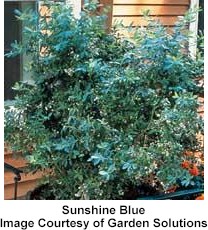

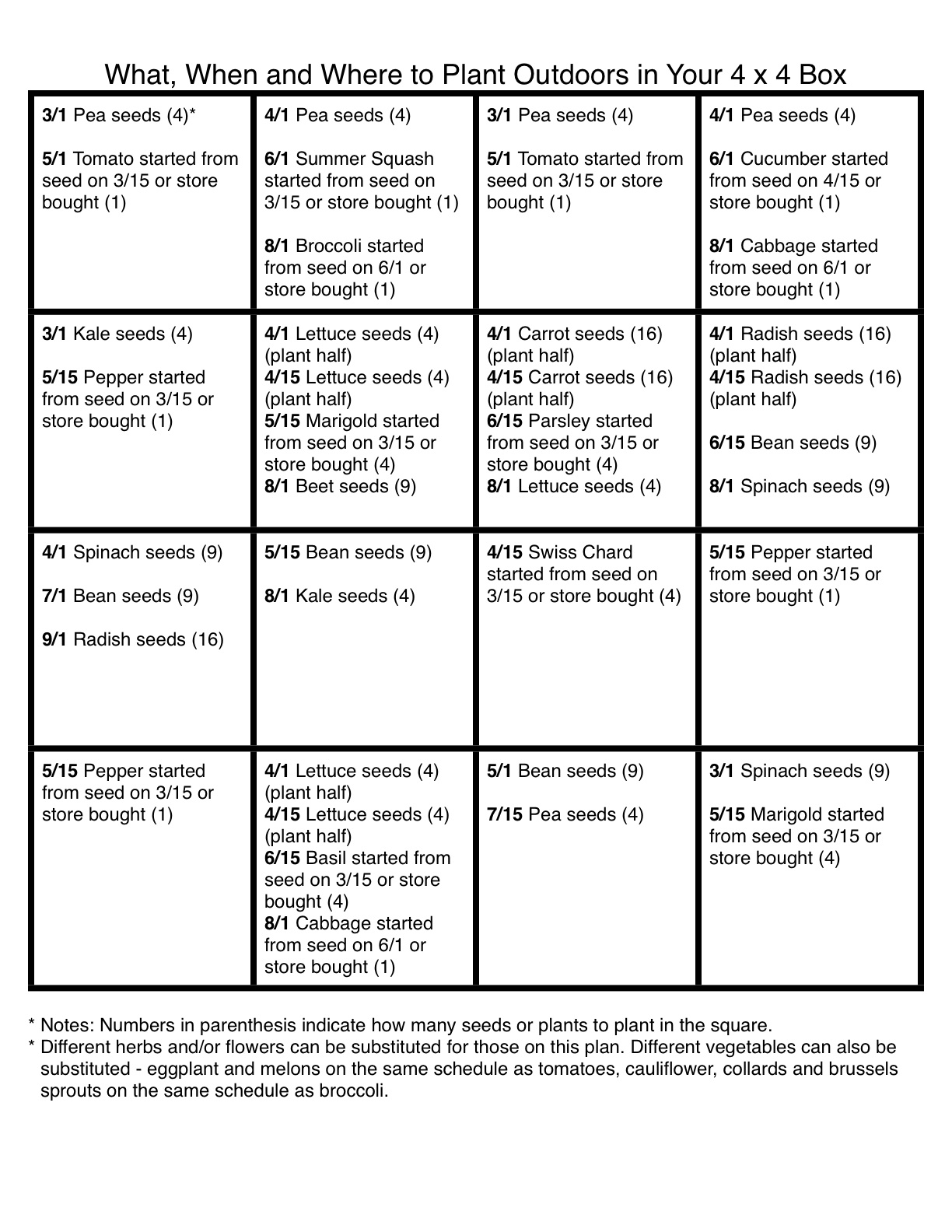


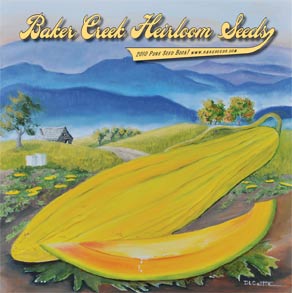
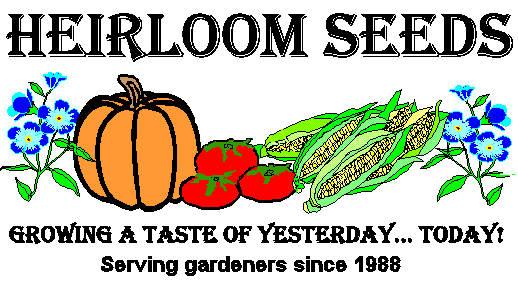

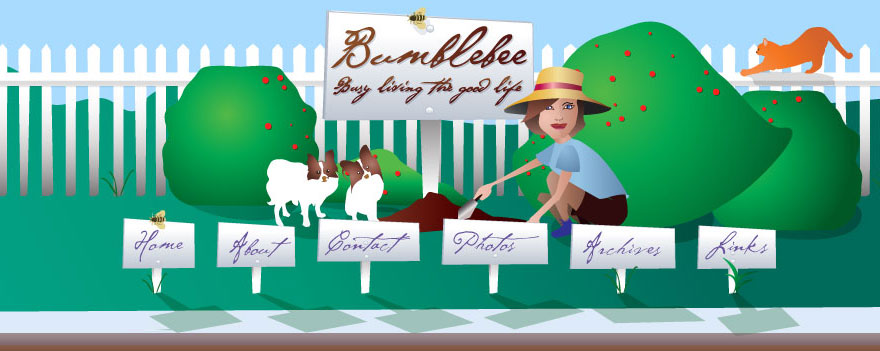
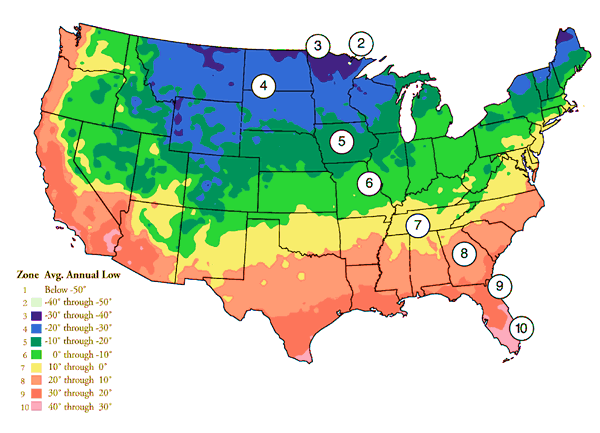
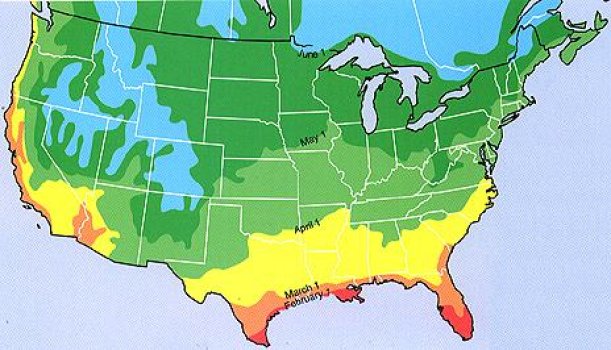
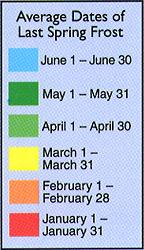 Ok, so I need to know about frost dates so I don’t plant things too soon.
Ok, so I need to know about frost dates so I don’t plant things too soon.